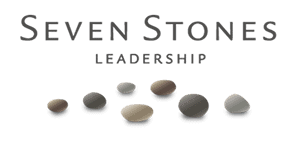“What you appreciate, appreciates.” This is a popular quote by Lynne Twist, the inventor of the Sufficiency movement, and much appreciated by those of us in the conversation of sufficiency. If you have a gratitude practice, you know all about the power of acknowledging the best parts of yourself, others and situations. How putting your attention on what is working already can turn around a mood, a perspective, a process, and can shift the current in a more positive, life-giving direction.
What do you appreciate about yourself, right now?
An Asset Inventory is taking stock of our non-monetary or intangible assets, the resources we have internally in ourselves including: spiritual, psychological and physical, as well as the resources available to you from your family, your community, previous experience, alliances and networks. Often when we do this, we discover sources of support we were not yet aware of or parts of our life had not yet considered something to appreciate.
What character attributes and capabilities, what relationships and connections do you rely upon?
Look around some more: what is available that you have not considered yet?
Taking your Asset Inventory is not an action of “up”timism, nor is it anti-pessimism. It is an action of Sufficiency, which is about being in reality, and relating to reality with a sense of appreciation. An Asset Inventory is all about telling the truth about yourself, your life, with a focus on the assets, as if the flashlight you were using to see in your basement was a beam of love and appreciation and lingered a little longer on what works in your life, rather than what is broken and needs fixing. Liabilities are important too. Notice your liabilities with love and appreciation as well (and be grateful you have stuff to work on, fodder for learning). The thing is, we do that – notice what’s wrong – a lot already, have to tend to our voices of criticism, competition and comparison already a lot. Looking at your assets is … well, refreshing.
Lynne Twist: “If … you can put your full attention and appreciation on what’s there, then you experience the bounty available in the moment. You experience sufficiency, and that’s what you’re about.”(The Soul of Money p. 131)
Beyond refreshing, knowing and appreciating our nonmonetary assets is critical. It’s what allows you to have the heart to move forward in the face of real, material scarcity, and in the face of “scarcity’s problem-based assumptions, and the spiraling diagnosis and chase for solutions beyond our grasp.” (The Soul of Money, p. 131) Because scarcity is the assumption and such a strong mechanism in our society and in our world, in Sufficiency’s call to assess your nonmonetary assets we broaden our view to include all that is available to us. From this place of counting our blessings, “we can begin to generate effective, sustainable responses to whatever limitations of resources confront us.” (The Soul of Money, p. 76)
What challenges are you facing, and how would reconnecting with your nonmaterial assets assist you dealing with your challenge?
What if you knew you were – and had – enough already?



